The increasingly urgent debate on migration and asylum in Europe has led to questions about illegal migration, the establishment of effective return systems, and the obstacles to increased cooperation with third countries. The purpose of this blogpost is to summarise a number of key issues recently debated among EU Heads of States and policymakers on these crucial subjects.
The Context of Migration in Europe
As long as there has been humanity there has been some kind of migration, as a result of conflict, economic opportunity or environmental changes. The history of migration in Europe is a history of constant changes in who has gone where. But today migration looks different to what it did 30 or 60 or 90 or 300 years ago. It was time to find a coherent way to make these changes work.
Historical Background
As the enduring dynamics of illegal migration and the asylum process in Europe have intertwined with the rise of radical extremist groups and the instrumentalisation of migration flows by state actors over the past decade, EU leaders have been discussing how to deal with these issues within the framework of fundamental rights.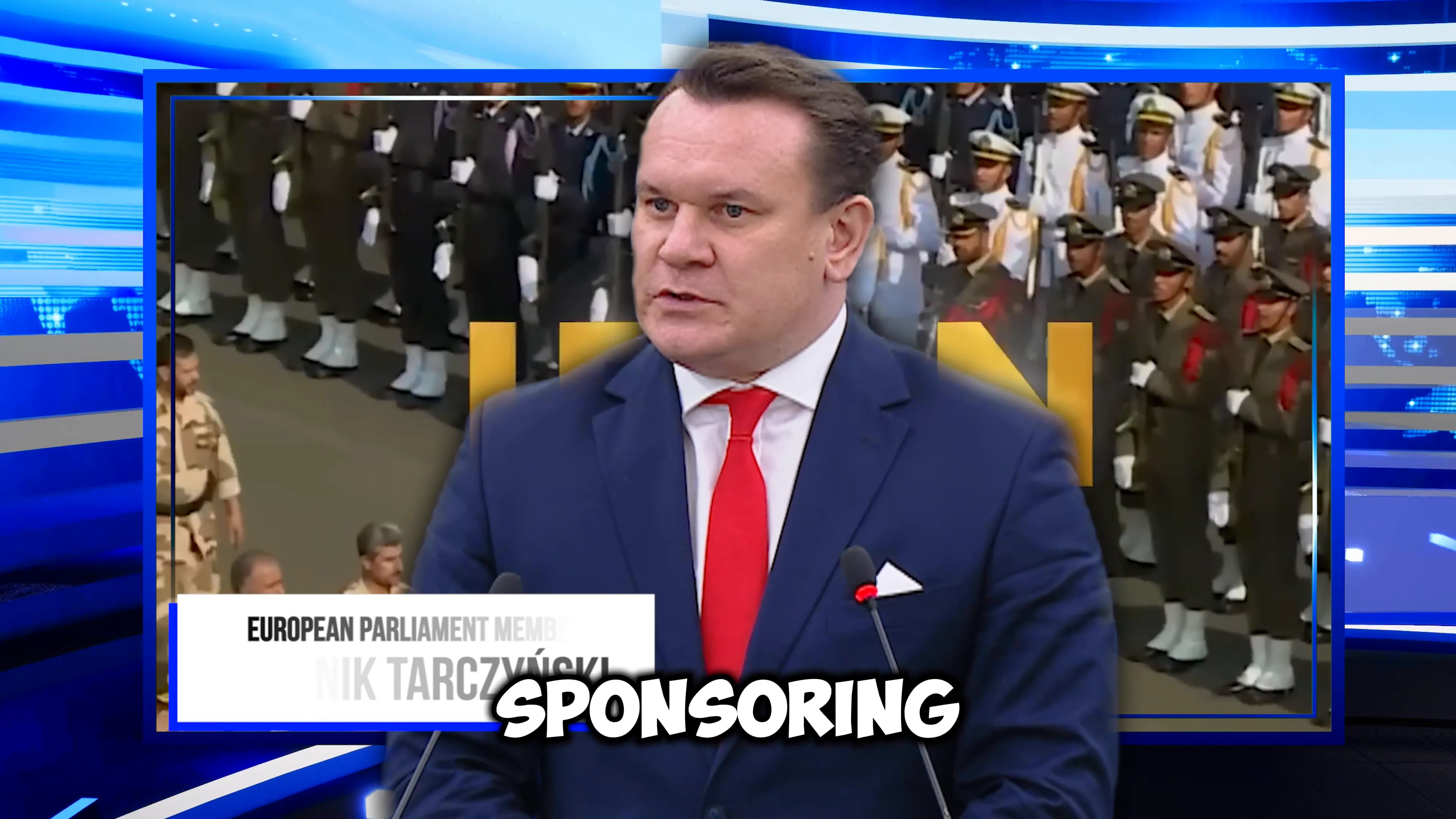
Current Migration Policies and the Pact on Migration and Asylum
The Pact on Migration and Asylum is the latest in a series of EU initiatives to improve the management of migration, sharing responsibility and solidarity between member states, and ensuring that those in need of protection are treated with dignity and in accordance with the law.
Key Features of the Pact
- Implementation Focus: The pact is now EU law, and leaders are committed to its implementation. This includes accelerating processes where necessary to ensure that the balance of responsibility and solidarity is maintained.
- External Partnerships: Comprehensive partnerships with neighboring countries are being developed to manage migration flows better. Notably, arrivals via the central Mediterranean route have decreased by 64% due to these efforts.
- Visa Alignment: Efforts to align visa policies with countries in the Western Balkans have also been successful, resulting in a 77% reduction in irregular arrivals from that region.
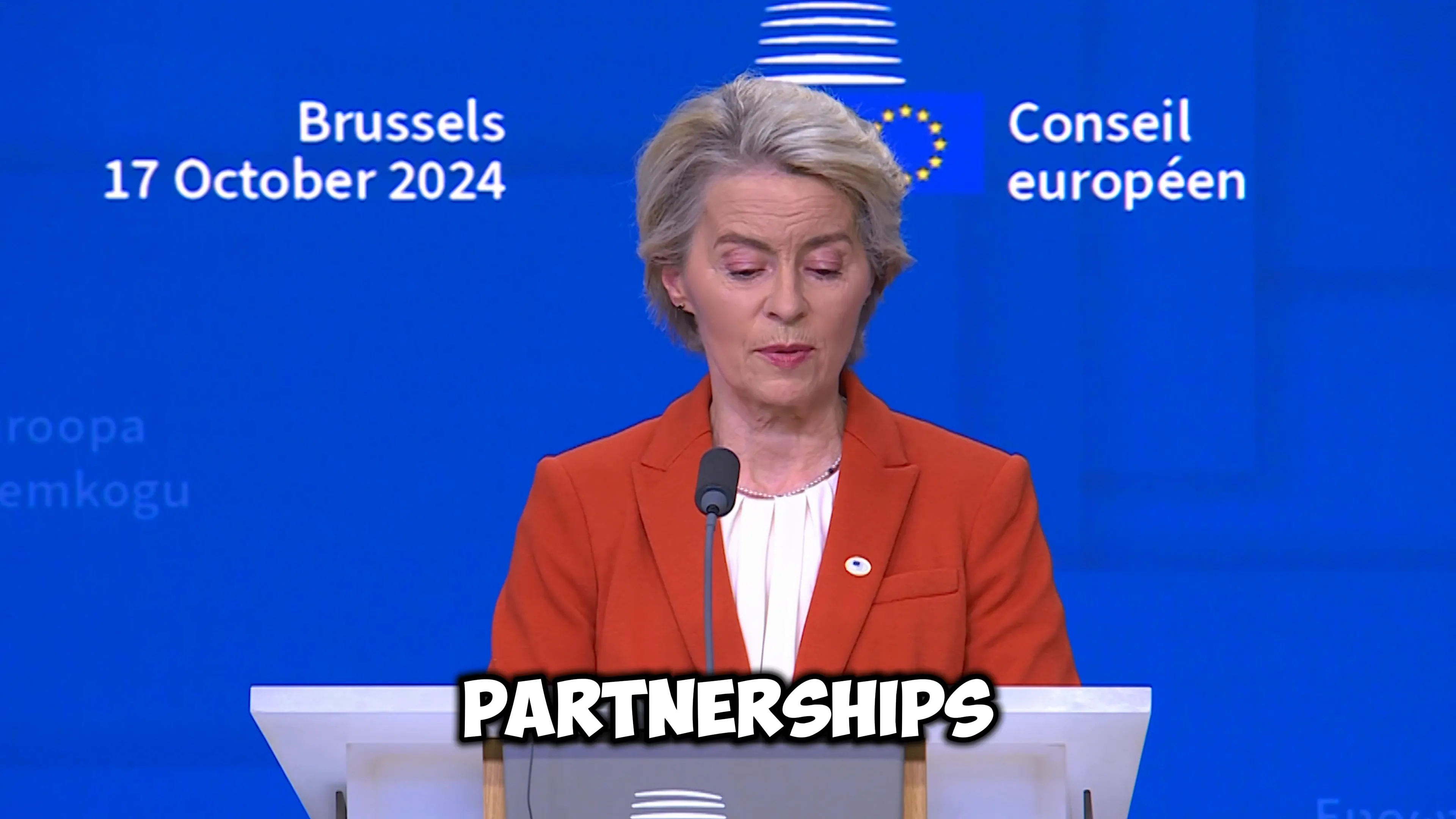
Challenges in Return Policies
Another urgent issue mentioned is the need to improve return mechanisms in order to break the current status where only one out of five persons with a return decision on them are effectively returned to their countries of origin. This will require innovation especially in collaboration with third countries.
Proposals for Improvement
- Robust Return System: There is a strong emphasis on developing a robust return system that works effectively. This includes revising the return directive to ensure faster procedures for those posing security risks.
- Return Hubs: The idea of establishing return hubs outside the EU has been discussed as a potential solution to streamline the return process and reduce the burden on EU member states.
- Cooperation with Third Countries: Strengthening partnerships with countries of origin and transit is crucial. This includes providing financial support to organizations like UNHCR to facilitate the return of migrants.
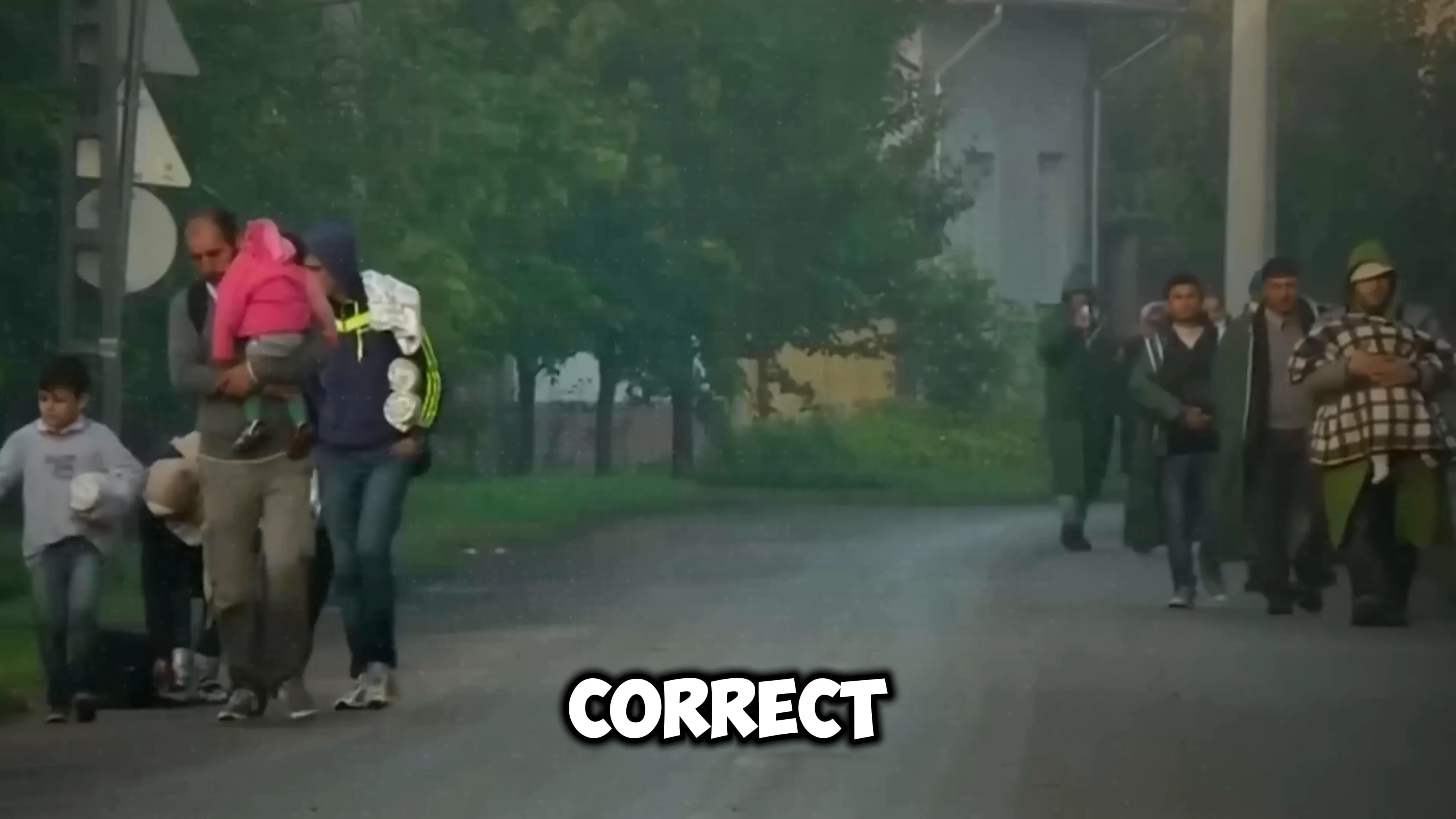
Addressing Illegal Migration
There was also talk of cracking down on illegal migration. It means coming down strongly on the smugglers and traffickers that take advantage of vulnerable individuals who want a better life in Europe.
Legislative Updates and Actions
- Modernizing Legislation: The existing legislation regarding smuggling and trafficking is outdated and in need of reform. New proposals aim to address these issues more effectively.
- Hybrid Threats: State actors such as Russia and Belarus are attempting to exploit migration for political leverage. The EU must remain vigilant against these hybrid threats and protect its borders.
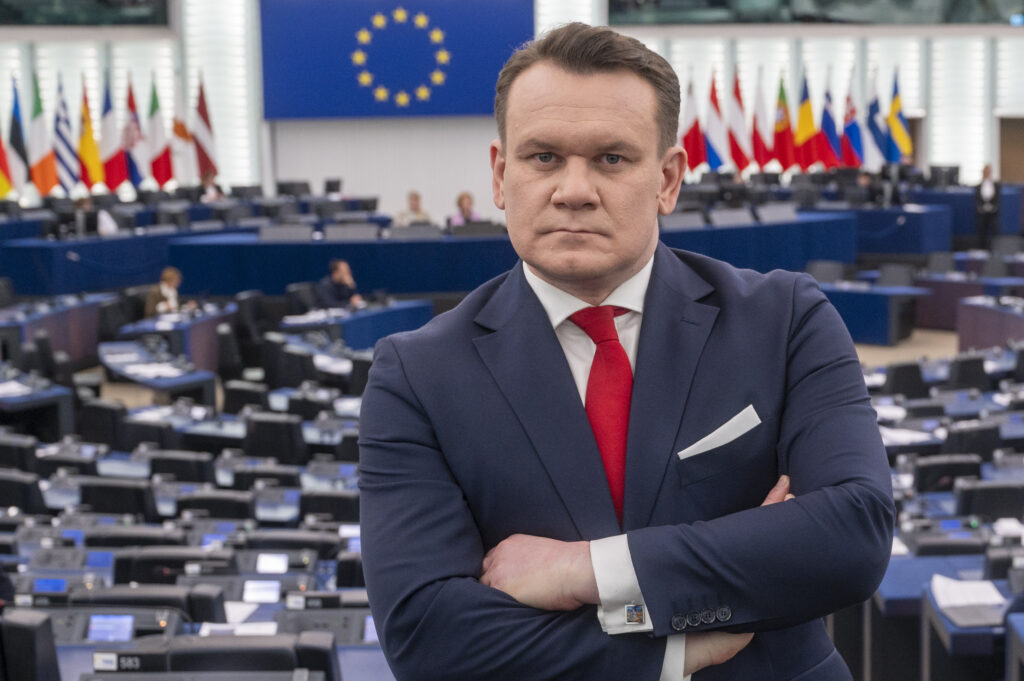
The Role of EU Member States
This means that member states have to stand shoulder to shoulder to ensure that this pact has a realistic prospect of succeeding. The migration pact calls on EU countries to work closely together.
Collaborative Efforts
- Shared Responsibility: All member states must work together to ensure that the migration pact is implemented uniformly across the EU.
- Addressing Root Causes: It is essential to tackle the root causes of migration, including conflicts in regions like the Middle East. Humanitarian aid must be provided to those fleeing violence.
- Improving Return Rates: To maintain public support for migration policies, EU leaders must improve return rates and ensure that resources are allocated to those genuinely in need of protection.
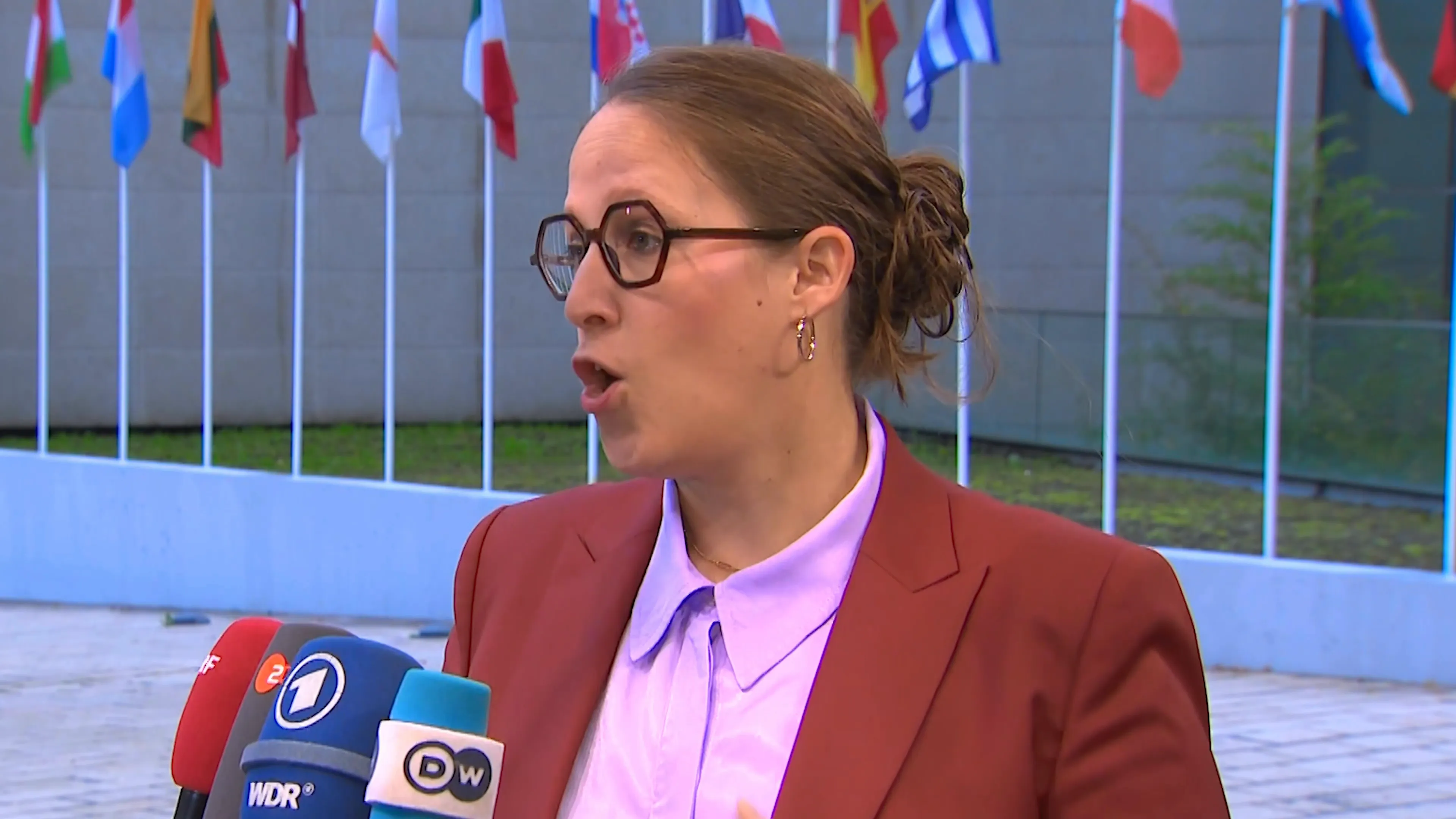
Conclusion: The Path Forward
But the EU’s migration system will rightly seek to facilitate migration while also making it controlled, safe, sustainable and in line with the recognised human rights of both migrants and citizens. In the context of persistent numbers of arrivals, the Pact on Migration and Asylum involving EU member states and neighbouring countries, along with return policies, partnerships with third countries and addressing the drivers of migration, will provide a framework for tackling those complex issues.
But EU leaders will have to keep it up over the coming months if they want to stay on top of increasingly fluid migration flows and continue to respect the rights of those afloat.
